Policies help firms weather the effects of COVID-19
With businesses in China rebounding from the effects of the COVID-19 pandemic since the start of this year, the nation's economic growth has accelerated.
Business owners — from manufacturing to services — are resuming production, and economic activities are up and running again, with the economy growing by 4.5 percent year-on-year in the first quarter, exceeding expectations.
A series of factors helped businesses survive three years of challenging times. For most companies, fiscal policy aid has been urgently needed and consistently applied.
During this time, many enterprises — large and small — have been able to apply for tax relief and liquidity support under various preferential policies. They have used these funds to keep their payrolls stable, retain workers and resume production.
Zhuo Changli, 59, head of an agency in Jinan, Shandong province that specializes in domestic services and cares for the elderly and children, said tax and fee relief has been a crucial policy support measure for the business since 2020.
In 2019, just two months before COVID-19 emerged, the Ministry of Finance issued a circular announcing increased value-added tax, or VAT, deductions for community services such as housekeeping, child care, and care for the elderly.
This meant that Zhuo's agency could save costs and that its financial pressure was greatly relieved.
"Looking back, the policy was a near-lifesaver for our company and the entire domestic services industry," Zhuo said.
For the past three years, Zhuo's agency has used funds gained from a series of tax cuts to sustain its operations and keep its payroll stable, particularly during the pandemic.
Moreover, tax cuts introduced from 2020 to last year to assist small businesses helped keep the agency operational. Last year, it enjoyed a tax cut of about 3.06 million yuan ($439,722), equivalent to 25 percent of its profit for the year.
Li Yucheng, director of the government fund settlement center in Jinan, said: "Local fiscal and taxation departments have worked in synergy and innovated preferential tax policy implementation. They've also launched a raft of measures to facilitate tax payment to ensure that such tax and fee breaks can benefit businesses directly."
In January, figures released by the Ministry of Finance showed that tax and fee cuts, tax refunds and deferred payments last year totaled 4.2 trillion yuan, including 2.4 trillion yuan in VAT tax rebates — the largest amount in recent years.
Since mid-2020, when COVID-19 started to affect businesses, particularly small and micro ventures, China has issued a range of fiscal policy support measures to ease their cost burdens.
Tax and fee reductions introduced from 2020 to last year totaled about 7.8 trillion yuan.
The reductions included postponed tax payments for micro, small and medium-sized enterprises.
Tax cuts for self-employed businesses totaled 1.02 trillion yuan.
Last year, a refined VAT measure was introduced nationwide, offering support mainly for manufacturing businesses experiencing supply and production chain disruption, rising costs for bulk commodities, and problems due to surging cases of COVID-19.
Effective method
Local authorities and business owners are now benefiting from such policies.
Yuan Peiquan, deputy head of the Shandong Provincial Department of Finance, said: "Tax and fee reductions have proved a direct and effective way of helping enterprises ease their financial burdens. They've helped nurture businesses and have cultivated sources of tax revenue."
Last year, Shandong realized 297.6 billion yuan in deferred tax and fee cuts. Local VAT credit rebates totaled 172.2 billion yuan.
Tax breaks, especially VAT credit rebates, help manufacturing businesses ease their liquidity burdens more directly, as they are eligible to retain rebated tax credits and use them to resume production.
Over the past three years, authorities below national level have helped such businesses streamline their tax reduction and rebate procedures so that they can obtain liquidity as soon as possible.
Song Yulong, head of the finance department at Shandong Xin Shidai Pharmaceutical Co, said the business enjoyed 221 million yuan in tax and fee cuts last year, including about 6.75 million yuan in VAT credit rebates.
"As a manufacturing and research-centered company, last year was particularly hard for us, as the pandemic kept disrupting production. Such a large amount of liquidity not only helped us surmount these challenges, but also enabled us to expand our investment in scientific research," Song said.
Some areas have tried every way possible to ensure that funds received as a result of tax cuts and tax credit rebates reach businesses as quickly as possible.
Sun Shufeng, Party secretary of the taxation administration in Zouping, Shandong, said that last year, the administration worked to streamline the online system to help business owners apply for tax rebates.
In February, a survey by the administration showed that 97.6 percent of business owners said the tax cuts and rebate policies were conducive to their companies' growth. The majority of these ventures are manufacturing businesses.
China's tax breaks this year are slightly different compared with those in recent years.
Wang Daoshu, deputy commissioner of the State Taxation Administration, said on April 5 that businesses are likely to receive tax and fee cuts totaling more than 1.8 trillion yuan this year, down from 4.2 trillion yuan last year.
In March, this year's Government Work Report stressed that efforts are needed to improve preferential tax and fee policies, and "extend and further refine policies on tax and fee cuts, tax rebates, and tax deferrals as the situation requires" — a term slightly different from the large-scale tax and fee cuts promoted in recent years.
Shi Yinghua, a professor at the Chinese Academy of Fiscal Sciences, said fiscal sustainability and businesses' recovery are two major reasons for the change.
"Large-scale tax and fee cuts were mostly needed when the economy faced acute downward pressure and businesses were having a particularly hard time because of COVID-19. During such times, the policy effect of tax breaks was clearly apparent, as they kept growth stable and sustained jobs," she said.
"Yet with such large-scale tax breaks, fiscal spending is also amplified. It will be challenging to maintain such a brisk pace for tax cuts in the long run, as fiscal sustainability is a key factor to consider. This year, with the optimization of COVID-19 containment, businesses are recovering gradually and their revenues are picking up. Preferential tax cuts will likely benefit businesses and financial sustainability."
Fiscal sustainability is a key factor to watch after three years of sizable tax and fee cuts, especially as COVID-19-related fiscal spending has risen significantly.
Finance Minister Liu Kun said in a statement on the ministry's website that great uncertainty still shrouds fiscal revenue, and there is still an acute imbalance between such revenue and spending.
Events in the first quarter indicate that businesses may still face mixed fortunes this year, as the recovery process can be bumpy.
Figures from the National Bureau of Statistics show the nation's manufacturing sector expanded for the third consecutive month in March. The official purchasing managers index, or PMI, for manufacturing stood at 51.9 for that month — above the 50-point mark that separates growth from contraction.
Yet manufacturing unexpectedly shrank afterward, with official manufacturing PMI falling to 49.2 in April and to 48.8 in May, back in contraction territory, NBS figures show. Profits at industrial firms also slumped in the first four months of 2023 according to NBS data, as businesses continue to face margin pressures and moderate demand.
Zhao Qinghe, a senior statistician at the bureau, said, "Enterprises still face problems such as insufficient market demand, tight cash flow and high operating costs," — an indication that the situation remains challenging.
Robin Xing, chief China economist at Morgan Stanley, believes that this year, fiscal expenditure growth could still strengthen due to a cyclical recovery in revenue. The changing scale of tax cuts indicates that overall macroeconomic policies are likely to become more targeted toward those who need the incentives most.
"Since the start of this year, China has seen a phasing out of tax cuts, particularly in scale. Macroeconomic policies have become more recuperative, facilitating the opening up of the economy," he said.
Such a process can be long and challenging, he added, so a pragmatic approach is needed to recovery, and incentives aimed at businesses should be stable and sustainable.
Shi said that this year, tax cuts will be targeted and tailor-made. They will lean toward vulnerable smaller business communities that experienced more hardship than others during the pandemic, as well as technology and innovation businesses, which are part of the country's high-quality development drive.
Such moves are already in the pipeline. On March 24, an executive meeting of the State Council decided that the policy allowing enterprises entitled to an additional pretax deduction of 75 percent for research and development expenses to apply for a 100 percent reduction will continue as part of long-term institutional arrangements.
Zhu Zhongming, vice-minister of finance, said, "Turning the previous preferential policy into an institutional arrangement without setting a deadline will boost tech-centered companies' confidence in investing in research, and better anchor expectations of innovation-based firms.
"It means that from this year on, businesses can be freed from the constant concern that the pretax deduction policy may end. This will help them plan for greater investment in innovation at the earliest possible date, and embrace China's high-quality growth with research outcomes."











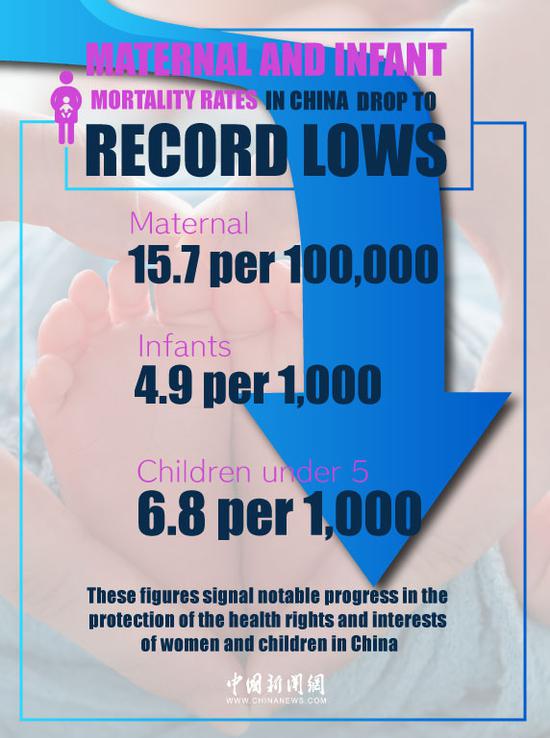

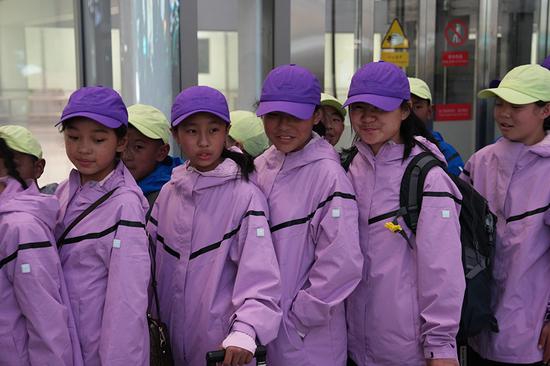









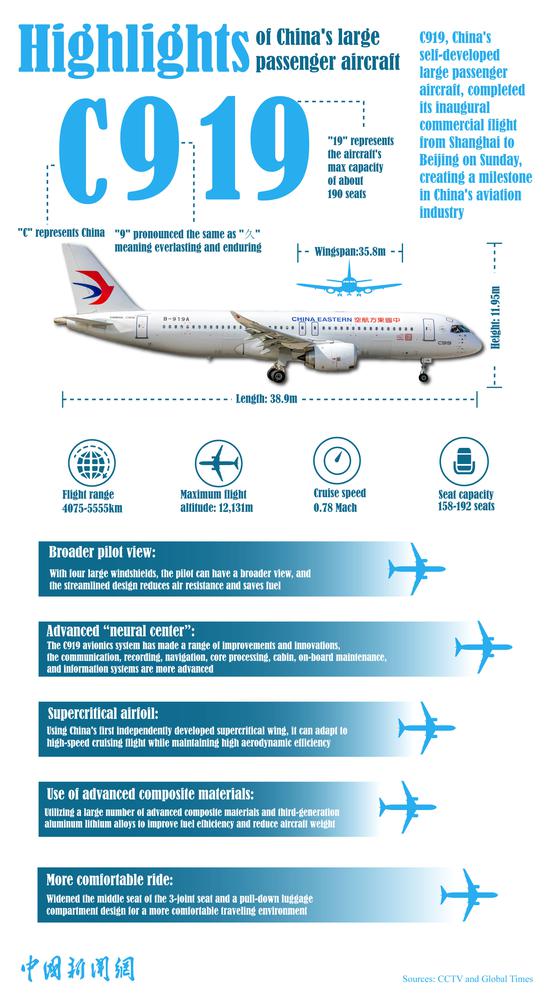



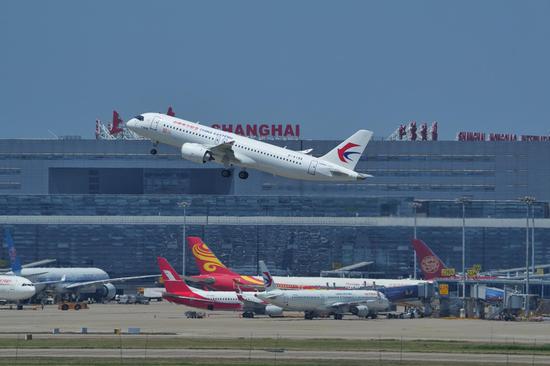





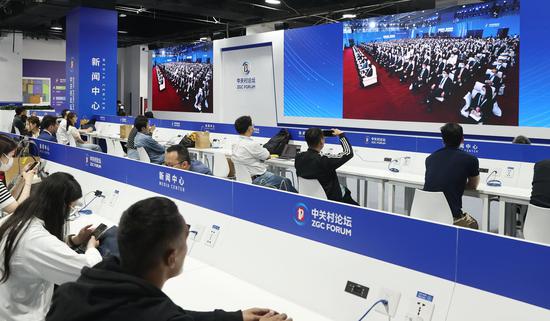


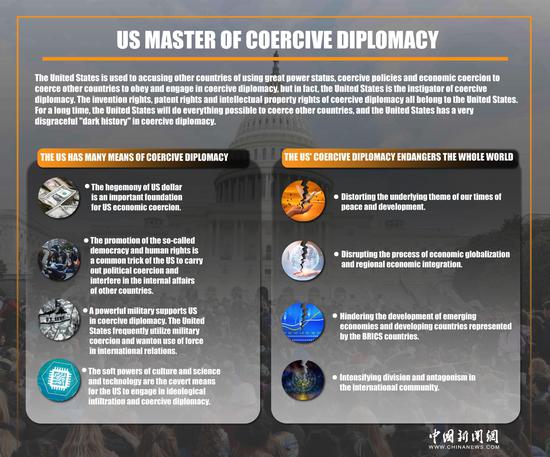

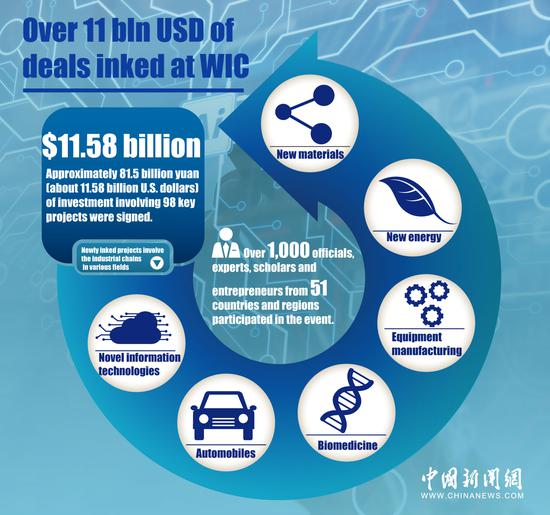
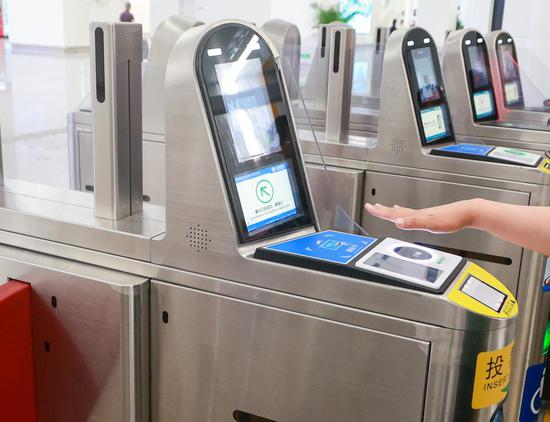






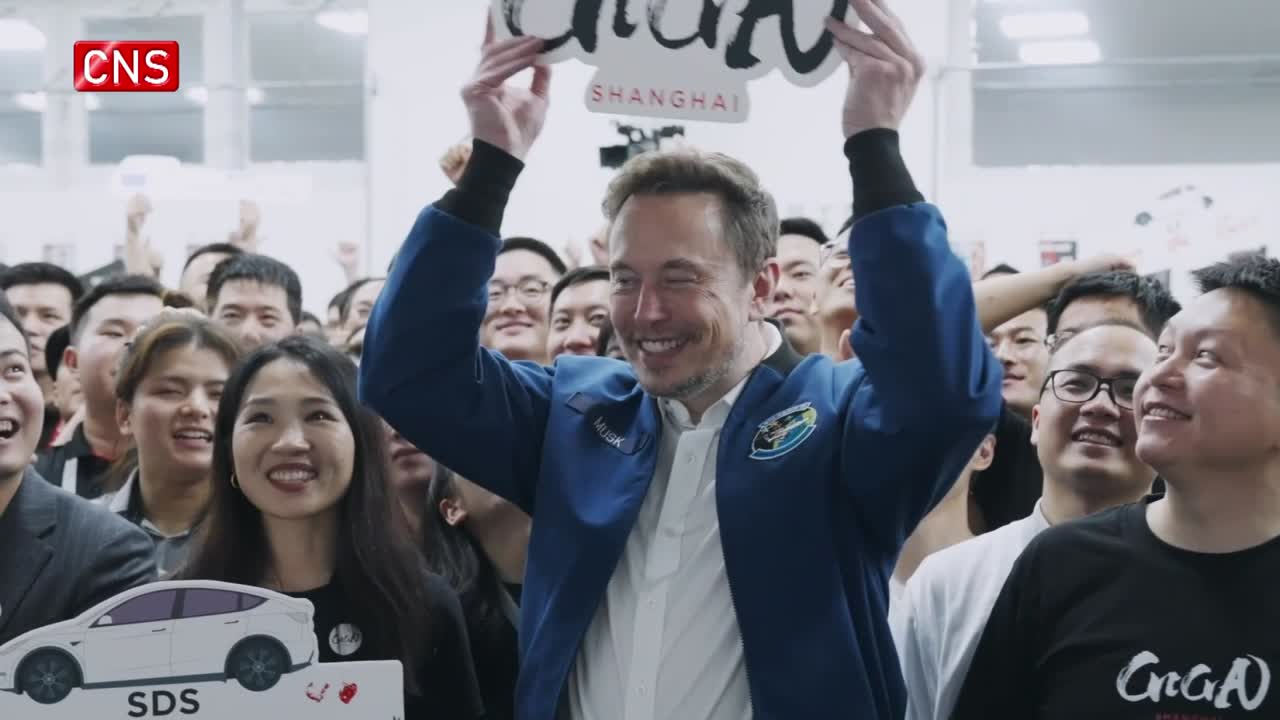

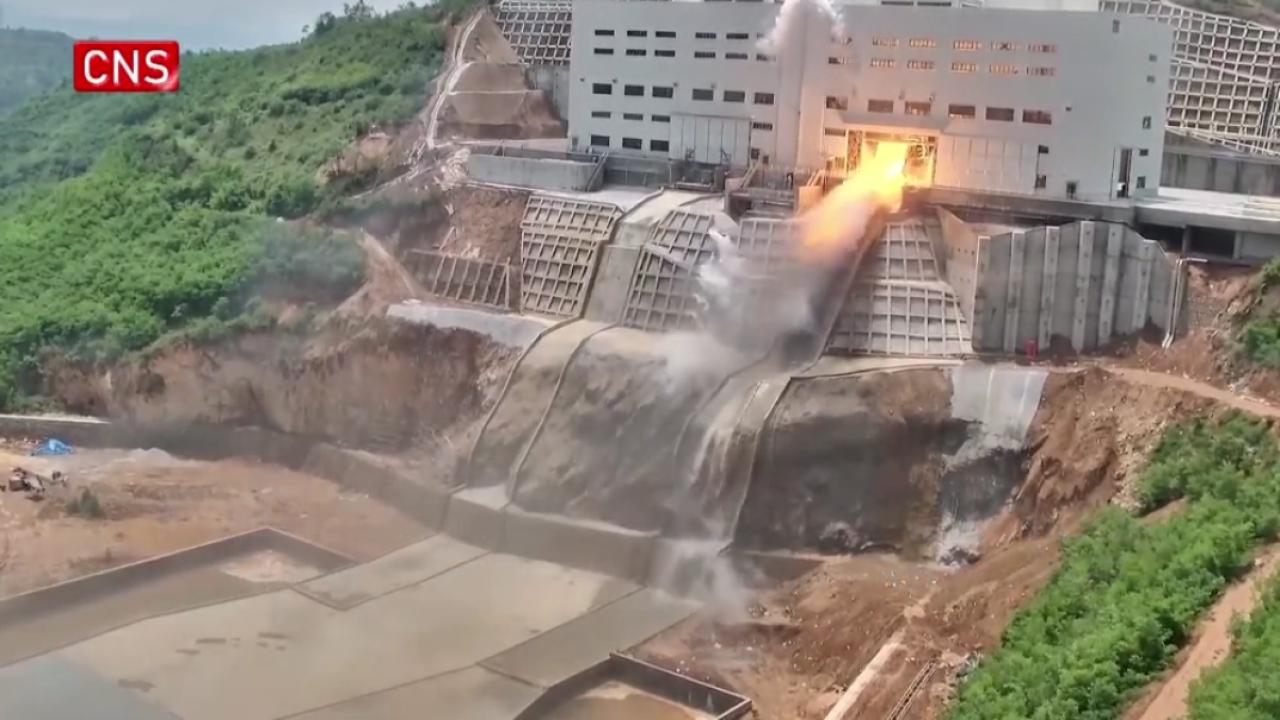

 京公网安备 11010202009201号
京公网安备 11010202009201号